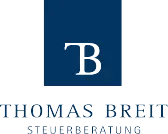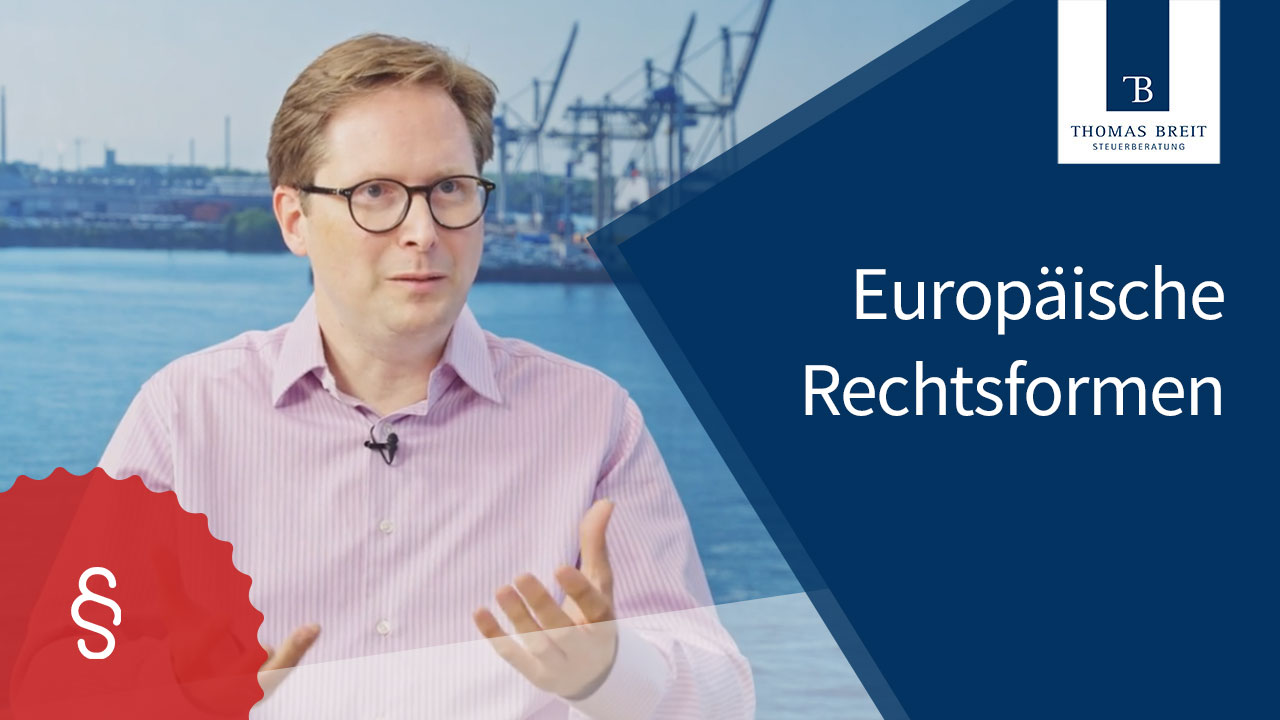You have already heard about European company forms such as an SE or EEIG and ask yourself if you could benefit from changing your current legal form? Are there any tax advantages, you could gain from this?
And how are they actually different compared to German legal forms such as the limited liability company (GmbH)?
In the current edition, I will provide you with answers to these questions as well as to other questions relating to European legal forms.
Let me warn you in advance, however: from a tax perspective alone, there are no advantages (with one exception for EEIGs).
Nevertheless, I see three situations in which it makes sense to seriously consider a conversion of your company. Further down in this post you will find out which situations I am referring to.
The content of this edition at a glance:
- What is a European company form?
- The European Company (SE)
- The European Cooperative Society (SCE)
- The European Economic Interest Grouping (EEIG)
- 3 situations in which the form of a European company makes sense
- This is what you have to look out for when you are converting
This post was updated on 21 August 2021.
What is a European company form?
European company forms are legal forms that apply uniformly across the entire European Union (cf. Art. 4 TEU). National legal forms (i.e. the German GmbH, the Spanish srl. or the Italian S.p.A.) exist in parallel to the European legal forms.
A company can opt for a European company form, if it is registered in at least two EU states.
Each part of the company will continue to be taxed, however, in the country in which the respective branch is located.
What European company forms are there?
We currently have three different European company forms:
1) European Company (SE)
This legal form is very similar to the German stock corporation (Aktiengesellschaft, AG). An SE is a company the shares of which are divided into shares that may be listed on a public market (stock exchange) (cf. EU Council Regulation (EC) 2157/2001).
The minimum equity capital is EUR 120,000, and the liability of its shareholders is limited to their shareholding.
In practice, the form of an SE is often used when companies are setting up a pan-European holding structure. In this case, the SE takes on the role of the parent company that holds shares in companies in the different countries.
The major advantage: The subsidiary does not have to be a European company. If the subsidiary is in Germany, for instance, it can retain the legal form of a German limited liability company (GmbH).
2) European Cooperative Society (SCE)
The European Cooperative Society follows the same principles as the German cooperative (cf. EU Council Regulation (EC) No. 1435/2003).
As a general rule, a European Cooperative Society is founded when five or more natural persons or legal entities join forces to pursue a common idea.
Minimum equity capital to set up an SCE is EUR 30,000, and liability is limited to the individual capital contribution.
As this is likely to sound rather abstract, let me explain this principle by providing you with a practical example: German meat marketer Westfleisch is a European Cooperative Society with a membership of more than 4,700 individual farmers.
The common idea that unites all of its members is compliance with all standards in order to ensure the highest possible level of quality.
Please note: As the European Cooperative Society is not allowed to generate profits, all income must be paid out to its members.
3) European Economic Interest Grouping (EEIG)
The legal form of an EEIG can be compared with a German general partnership (oHG): No minimum equity capital is needed to set up an EEIG, and you are always personally liable for the business assets (cf. Regulation (EEC) No. 2137/85 of the former EEC Council).
In practice, this company form is not only established for operational business activities but also for the management of real estate assets.
And the reason for this is simple: The EEIG makes it possible to sell real estate that is owned by a German GmbH free of tax.
In addition to the three legal forms stated above, the introduction of a European private company was also considered some years ago. This legal form would have been a European version of the German GmbH.
As the European Parliament was unable to agree on a regulation that would be legally secure, the form of a European private company has not yet been implemented to date.
3 situations in which European company forms make sense
1) You want to create a holding structure with a uniform company law
As briefly mentioned above, the European Company (SE) in particular is often used as a holding parent company.
When incorporating subsidiaries in Germany, Austria and the Czech Republic, for example, into the construct, you are now free to decide which national company law you want to apply throughout the group of companies.
This reduces administrative costs and creates a uniform style of management, which is easier to understand for everyone.
2) You want to sell real estate in a tax-efficient manner
As briefly indicated above in the explanation of the EEIG, this company form enables you to sell real estate owned by a GmbH free of tax.
To sell free of tax is otherwise only possible for private individuals or partnerships subject to a ten-year holding period.
Broadly speaking, you simply transfer the sales proceeds from the GmbH to the EEIG, where you can form a reserve. This reserve does not have to be taxed, and you are able to reinvest the sales proceeds in full at a later date.
3) You would like to benefit from the positive image of European company forms
By converting your company or establishing a brand-new European company, you benefit from an international image. Your business partner will now know immediately that you are active in several European countries.
Owed to the high capital requirements of an SE, you will at the same time increase your credit rating.
Careful with conversions: avoid the following mistake
If you want to convert your existing company into an SE you have to be very careful from a tax point of view when setting up the holding structure.
Under no circumstances should you make the mistake of converting an existing subsidiary into the holding parent company.
After all: If you convert a subsidiary, the conversion will probably be regarded as a (fictitious) sale for tax purposes. As a consequence, this sale would have to be taxed in full.
The recommended solution: You convert an existing parent company. The conversion is in most cases possible without any tax charges.
The only additional detail you will still have to bear in mind in this case is different retroactive periods. In Germany, for instance, the retroactive effect for conversions is eight months. In France, the retroactive period is normally four months.
In the case of a conversion, you will therefore need to be aware of the periods applicable to your case.
Conclusion: European company forms are a good alternative for multi-national companies
If your company has business activities in at least two EU member states or you plan to sell real estate assets in a tax-efficient manner, the legal form of a European company could be suitable for you.
In the case of cross-border holding structures in particular, you will benefit from uniform company law and the resulting savings in administration costs.
However, only an experienced tax consultant will be able to judge, based on a thorough analysis, whether a European company form really is the best legal form for your purposes.
This post is just meant to give you a first overview of the European company forms and explain their key features.
Please feel free to contact me for more information about these legal forms or further advice. You can reach me via phone (+49 40 44 33 11), e-mail (anfrage@steuerberatung-breit.de) or my contact form.
Kind regards,
Thomas Breit
Photo: © ra2 studio – stock.adobe.com




